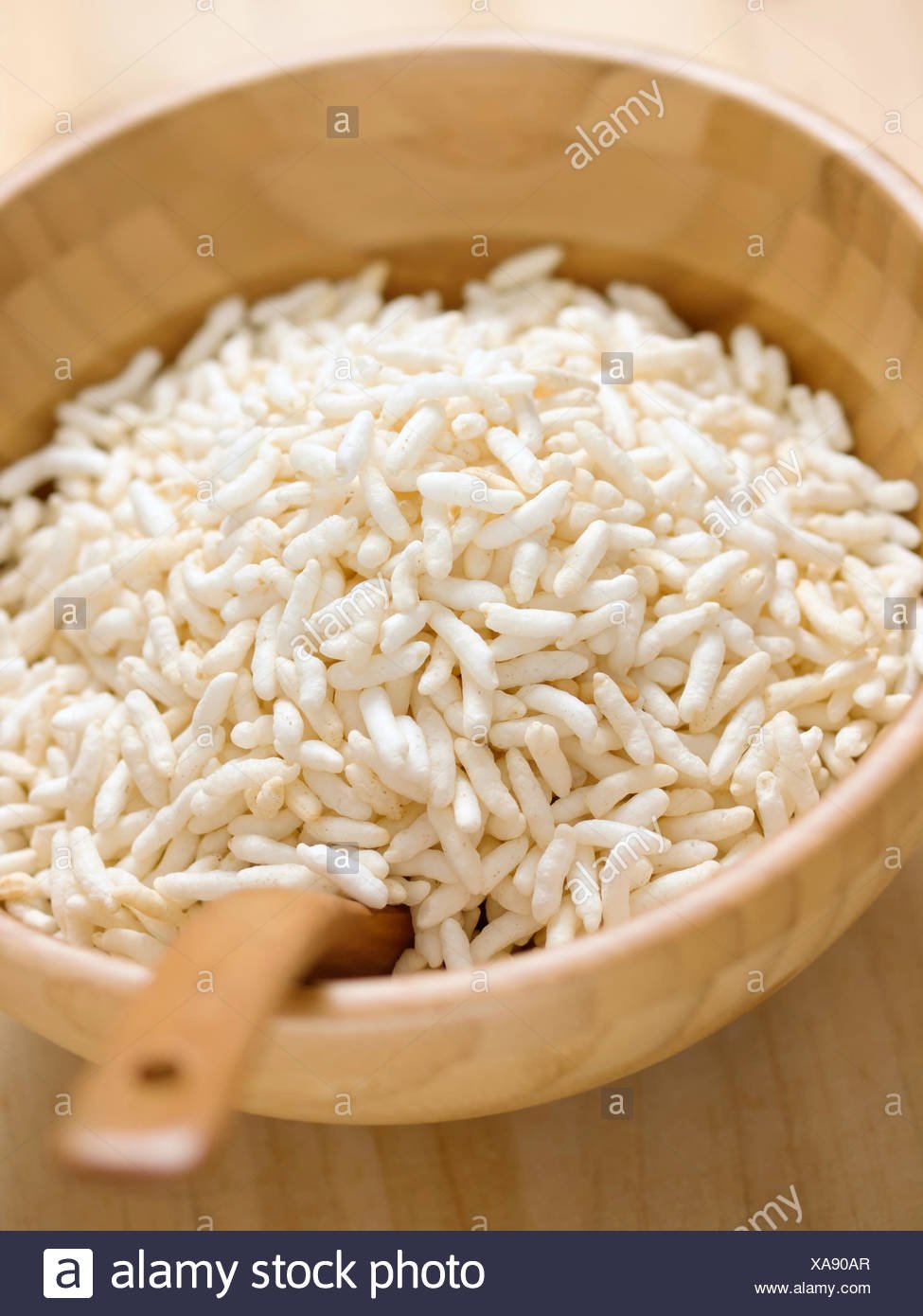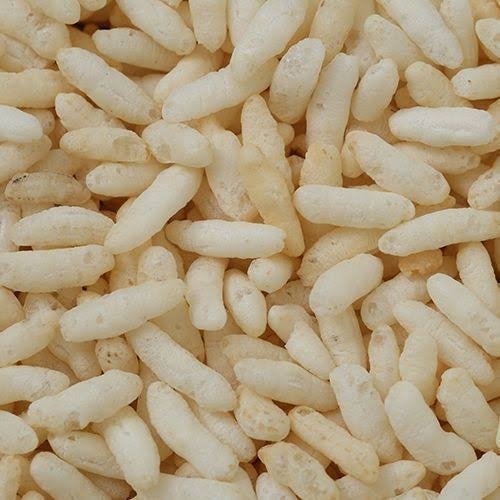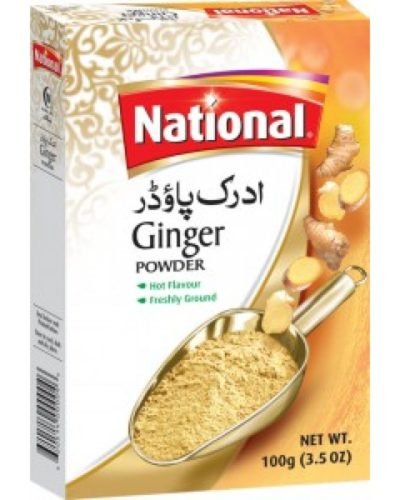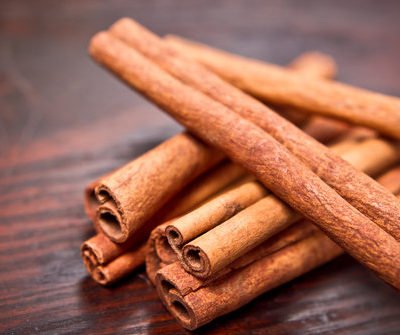Description
A traditional puffed rice called muri is made by heating parboiled rice (i.e. steamed then dried) in a karahi or wok filled with hot salt or sand, a technique known as hot salt frying.[3][4][5] Salt or sand is heated in the pan, traditionally over a fire in an Indian stove, until it is hot enough to pop rice added to it within seconds (around 250 °C). Parboiled or dried pre-cooked rice is added to the heated contents of the pan and stirred. Puffing starts almost immediately and completes in seconds, and then the rice is scooped out by a metal sieve and cooled. The salt or sand naturally darkens as it is used by becoming coated in carbonized powder from the food being fried.
Puffed rice is formed by the reaction of both starch and moisture when heated within the grain. Unlike corn, rice kernels lack the strong hull that holds in steam to gelatinize the starch, and therefore need to be pre-cooked and dried beforehand if they are to be puffed in an unpressurized vessel. Rice can be puffed in hot oil[6], salt, or sand. Rice puffed in this way is crisp, and therefore is also known as “crisped rice”. Though not as dramatic a change when compared to popcorn, the process and end result are the same.[7]
Another method of puffing rice is “gun puffing”, where the grain is conditioned to the correct level of moisture and pressurised to around 200 psi (1,400 kPa). When the pressure is suddenly released, the pressure stored inside the kernel causes it to puff out. This method produces puffed rice which is spongy in texture.[7]
Rice can also be puffed by making a rice dough, and extruding small pellets which are then rapidly heated. The moisture in the dough flash boils and puffs the rice up. Cereal such as Cap’n Crunch is extruded, cooked, cut, pressurized, puffed and dried in a continuous process.[7] This technique is also used to produce Rice Krispies breakfast cereal as well as the crisped rice used in Lion Bars, Nestlé Crunch, Krackel, and similar chocolate bars.[7]
The modern extruded dough puffing method is attributed to an American, Alexander P. Anderson, who stumbled across “puffing” while trying to ascertain the water content of a single granule of starch and introduced the first puffing machine at the World’s Fair in Saint Louis, Missouri, in 1904. His eight “guns” that puffed grains for fair goers were dubbed “The Eighth Wonder of the World” by an advertising billboard poster. Once the puffing principle, technique and technology had been discovered by Anderson, the competition to puff ready-to-eat American breakfast cereal took over the economy of Battle Creek, Michigan, with Kellogg’s and Quaker Oats being two memorable and still active names to endure through the early puffing frenzy.







